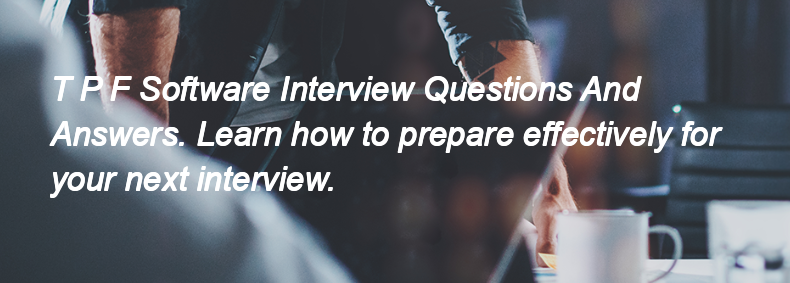Ques:- How do you create and manage templates and components in AEM
Asked In :-
Bold Technology Systems, Chegg India, MatchMove India, Enovate IT Outsourcing, XIPHIAS Software Technologies, Srijan Technologies, 9series Solutions, Evince Development, Travanleo Info Solutions India, Visionet Systems,
Right Answer:
To create and manage templates and components in AEM, follow these steps:
1. **Create a Template**:
- Navigate to the AEM Sites console.
- Select the appropriate site and click on "Create" > "Page".
- Choose a template from the available options or create a new one using the Template Editor.
2. **Create a Component**:
- Go to the AEM Sites console and navigate to the "Apps" folder.
- Right-click on the desired location and select "Create" > "Component".
- Define the component properties, including name, description, and the component type (e.g., HTL, JSP).
3. **Manage Templates and Components**:
- Use the AEM Touch UI or Classic UI to edit, configure, and manage templates and components.
- Utilize the "Component Policy" to define the behavior and properties of components.
- Version control can be managed through AEM's built-in versioning features.
4. **Testing and Publishing**:
- Test the templates and components in the author environment.
- Once verified, publish them to the publish environment for live use.
5. **Maintain and Update**:
- Regularly review and update templates and components as needed to ensure they meet project requirements and best practices.
To create and manage templates and components in AEM, follow these steps:
1. **Create a Template**:
- Navigate to the AEM Sites console.
- Select the appropriate site and click on "Create" > "Page".
- Choose a template from the available options or create a new one using the Template Editor.
2. **Create a Component**:
- Go to the AEM Sites console and navigate to the "Apps" folder.
- Right-click on the desired location and select "Create" > "Component".
- Define the component properties, including name, description, and the component type (e.g., HTL, JSP).
3. **Manage Templates and Components**:
- Use the AEM Touch UI or Classic UI to edit, configure, and manage templates and components.
- Utilize the "Component Policy" to define the behavior and properties of components.
- Version control can be managed through AEM's built-in versioning features.
4. **Testing and Publishing**:
- Test the templates and components in the author environment.
- Once verified, publish them to the publish environment for live use.
5. **Maintain and Update**:
- Regularly review and update templates and components as needed to ensure they meet project requirements and best practices.

